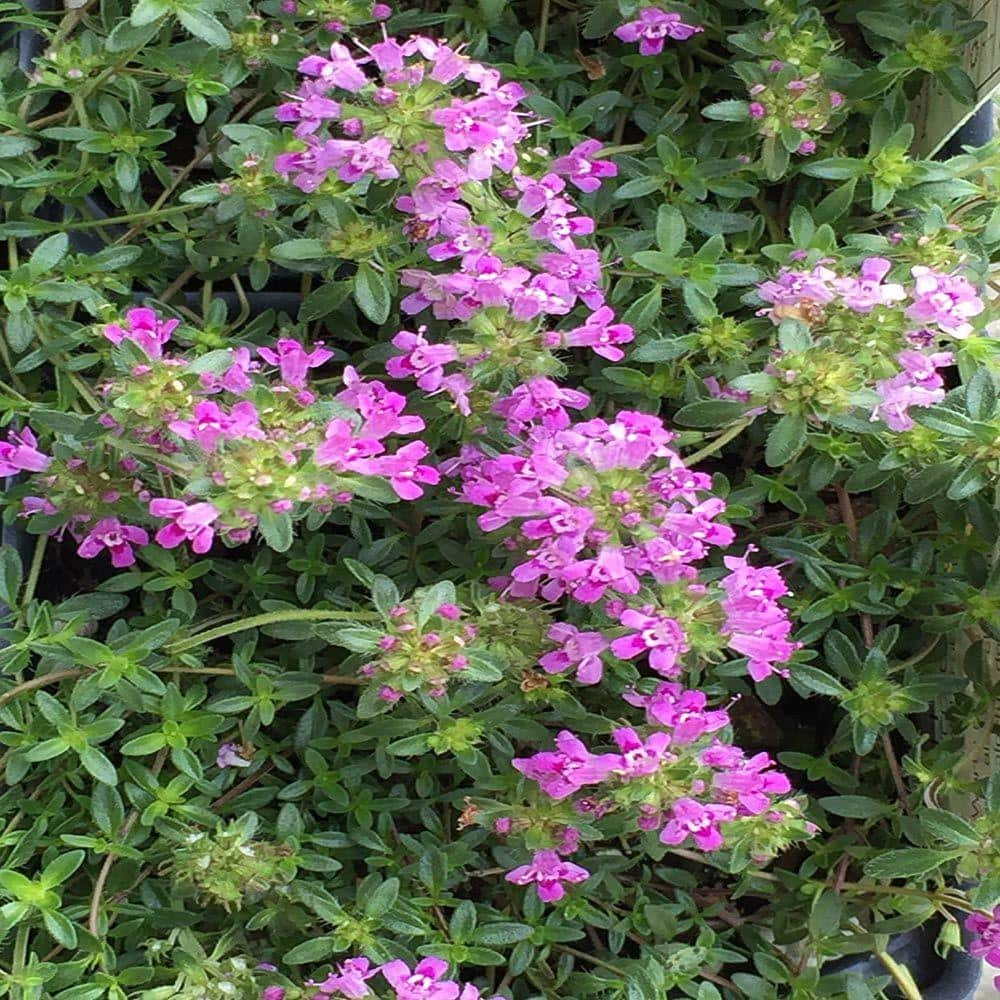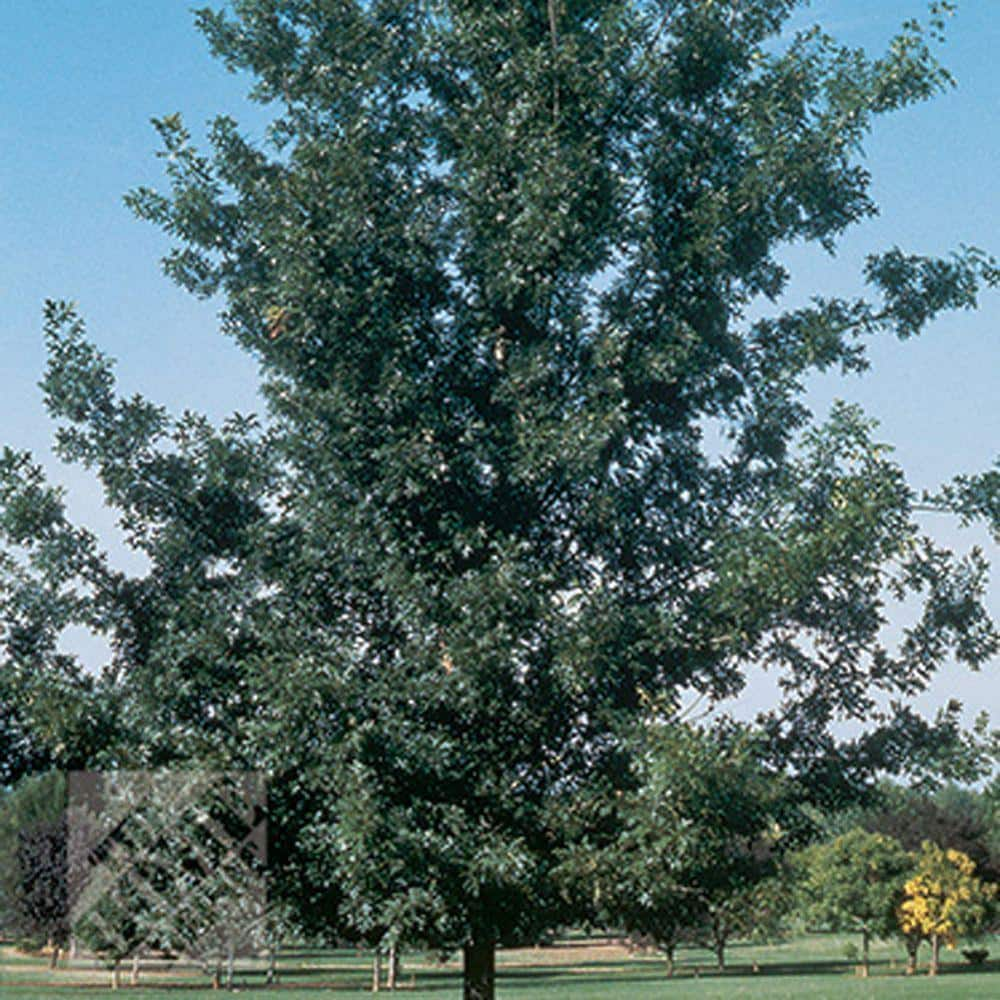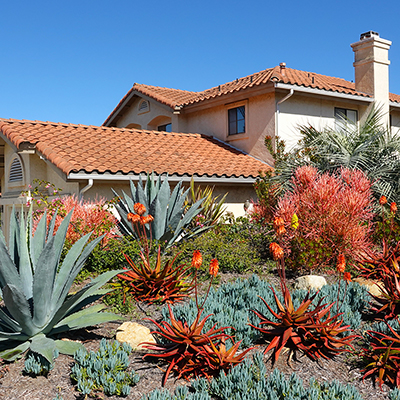Deer Resistant Plants

Last updated September 7, 2023
Deer are mild-mannered herbivores that love to eat plants, fruits, acorns and nuts when they are available. As their natural food sources become scarce, deer will eat whatever is available – including the plants in your yard. Although it’s impossible to make a backyard completely deer-proof, you can fill it with deer-resistant plants they will find less appetizing.
Table of Contents
Deer-Resistant Plants
Landscaping with Deer-Resistant Plants and Flowers
Deer-Resistant Plants for Shade
Japanese Pieris
Cyclamen
Japanese Painted Fern
Deer-Resistant Plants
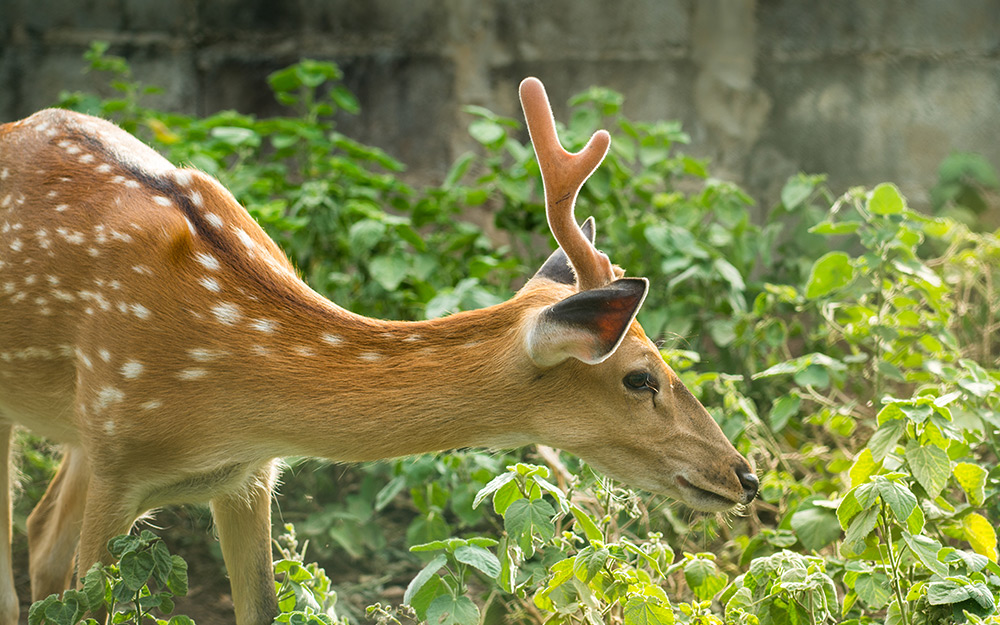
Deer love to eat narrow-leaf evergreens, hostas, daylilies and English Ivy. Gardeners tend to see more damage in their garden from deer in the late fall and winter. When their food is in short supply, deer will eat almost any kind of garden plant and shrub. Nevertheless, they tend to avoid these types of plants:
- Poisonous plants. These common flowers have toxins that deer avoid: daffodils, foxgloves, monkshood and poppies.
- Fragrant plants. Deer dislike plants with strong scents like sage, ornamental salvias, lavender and bearded iris.
- Fuzzy or thorny plants. Deer are likely to pass up fuzzy and thorny plants such as lamb's ear, spirea or roses.
Landscaping with Deer-Resistant Plants and Flowers
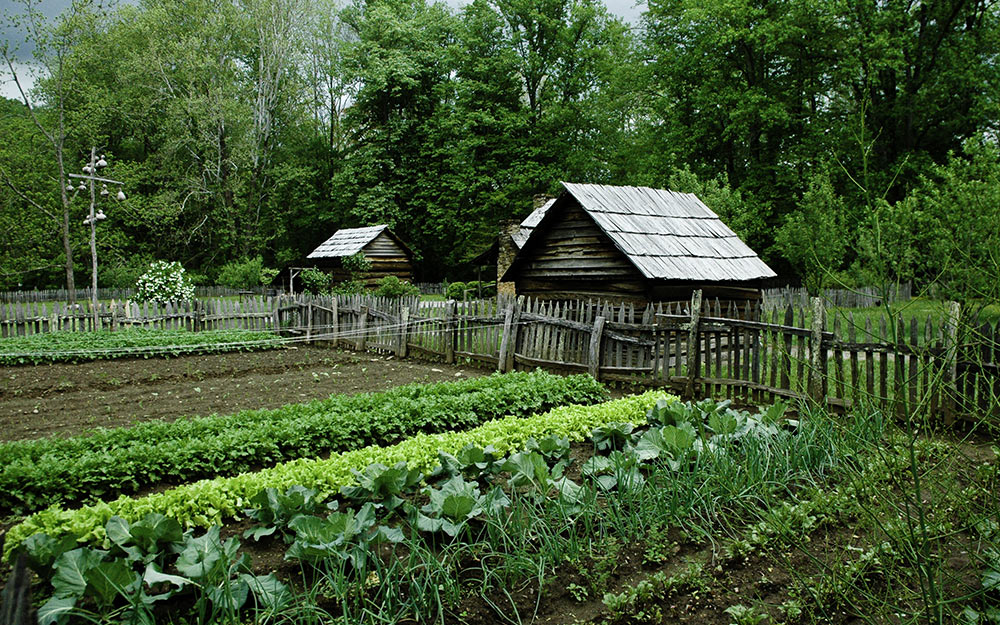
Your best defense against deer ruining your landscape is to make your yard less appealing to them. By planting trees, shrubs and flowers deer tend to avoid, you will create a landscape that will be less likely to attract deer.
To protect your vegetable garden from deer, you may need to create a botanical barrier or erect a fence. There are repellents available that discourage deer that are chowing down on your vegetables. These chemicals work by emitting a noxious smell or by making your plants taste bad to deer.
Early spring is a great time to start landscaping with deer-resistant plants and flowers. Whether your landscape is primarily shade, partial shade or full sun, there are plenty of lovely deer-resistant plants for protection against deer.
Deer-Resistant Plants for Shade
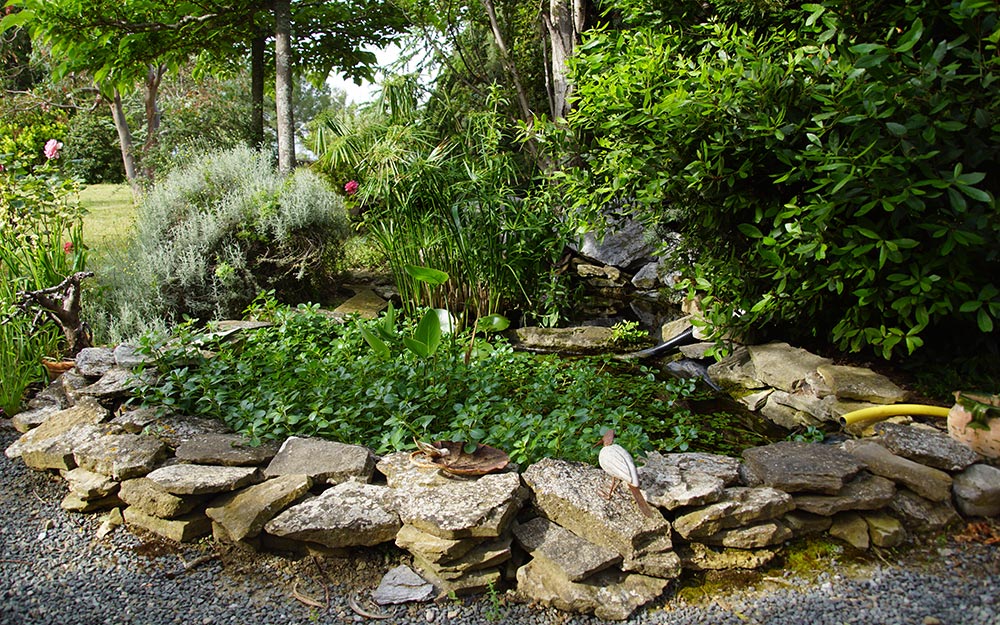
There are several deer-resistant plants that thrive in the shade. Fill the dimmer areas of your landscape with these shade dwellers that most deer tend to avoid.
Japanese Pieris
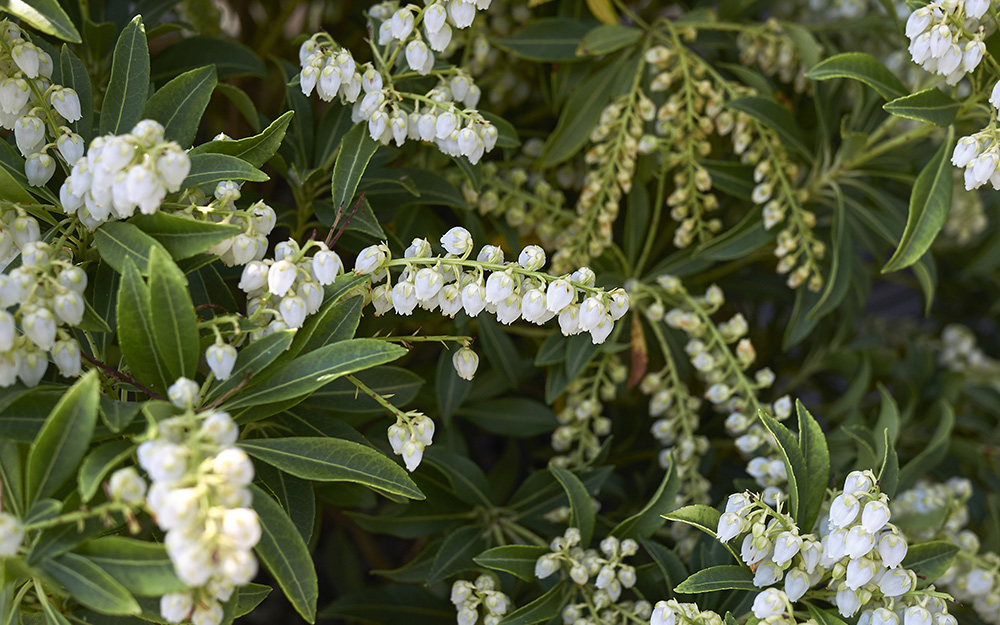
This evergreen shrub has showy cascading white, pink or red flowers and colorful new growth which varies by variety. Japanese Pieris is perfect as a foundation plant or mixed with other broadleaf evergreens for a botanical border.
Botanical name: Pieris japonica
Zone: 5 to 8
Height: 9 to 12 feet
Soil: Acidic, well-drained
Bloom time: Spring
Cyclamen
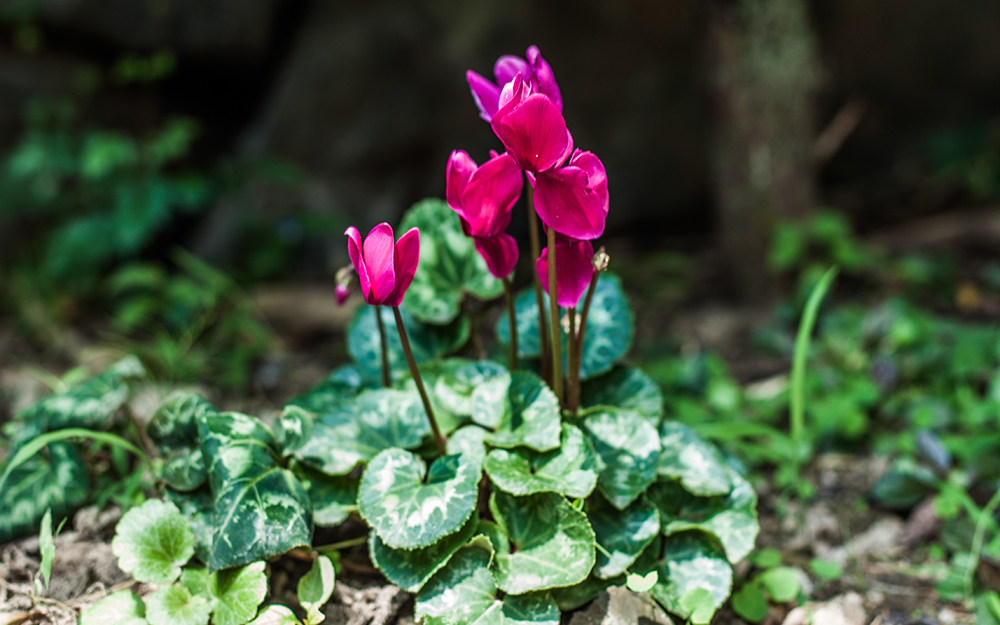
Cyclamen features handsome, heart-shaped leaves that remain long after flowers have passed. It’s a fall-blooming species that’s perfect for naturalizing under deciduous trees and shrubs or in any DIY shade garden. Cyclamen make great plants to grow in containers too.
Botanical name: Cyclamen persicum
Zone: 9 to 11
Height: 1/2 to 3/4 foot
Soil: Organically rich, well-drained
Bloom time: November to March
Japanese Painted Fern
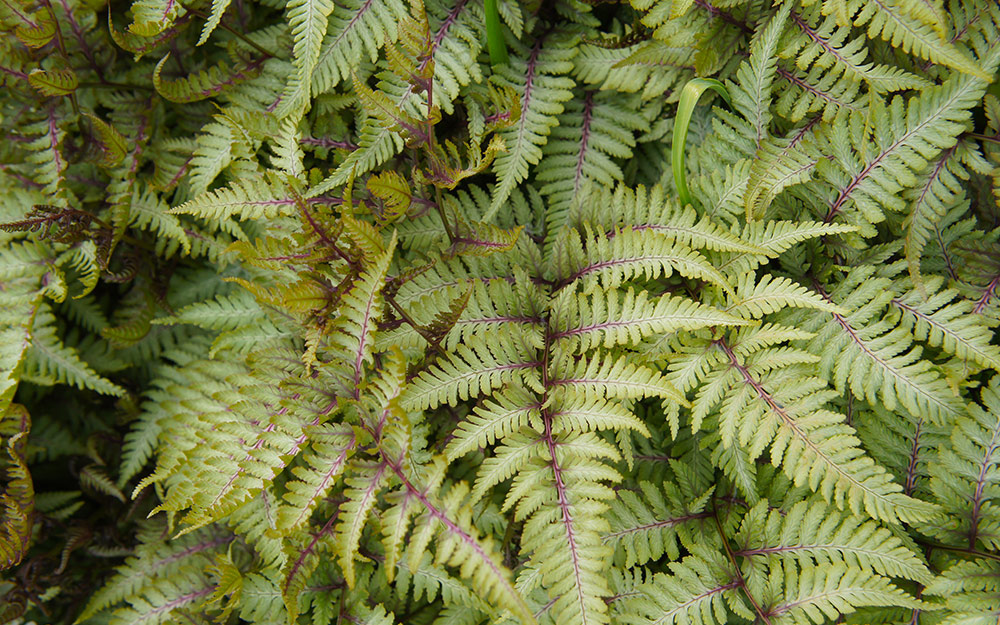
This deciduous fern features beautiful 8 to 12-inch tall fronds with wine colored mid-ribs and "painted" silver-green and white leaflets. Japanese Painted Fern works well in woodland gardens or in shaded border areas.
Botanical name: Athyrium niponicum var. pictum
Zone: 3 to 8
Height: 1 to 1-1/2 feet
Soil: Humusy, organically rich, medium moisture, well-drained
Bloom time: Non-flowering
Leopard Plant
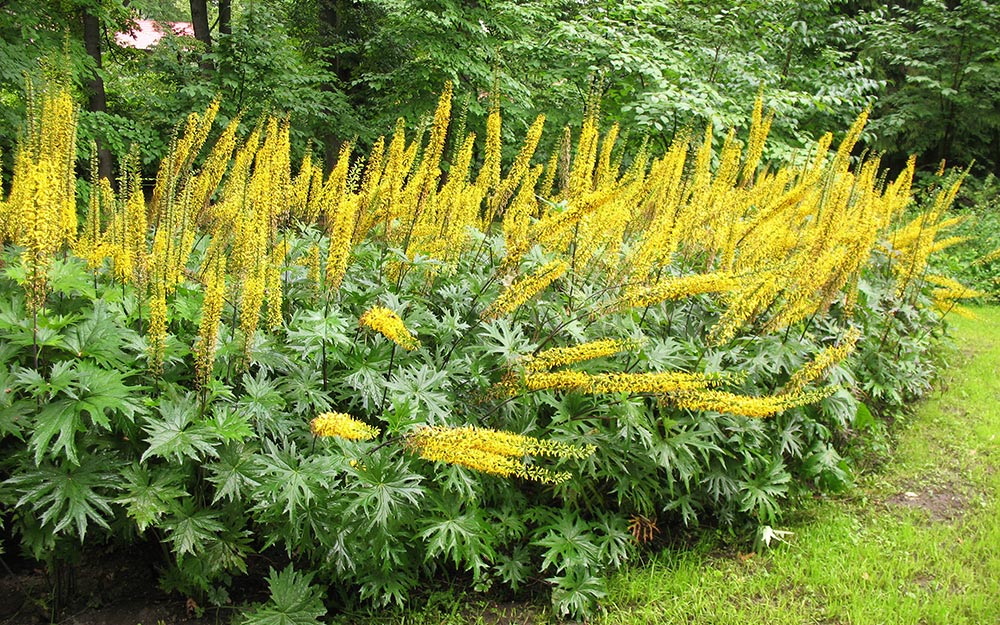
The leopard plant adds dazzle to the dampest, shady spot in your yard. It has bright yellow spikes on chocolate stems atop of lush green foliage. It’s a compact, well-proportioned plant that looks great in your gardens when planted in mass around moist or wet shady areas.
Botanical name: Ligularia
Zone: 4 to 8
Height: 3 to 5 feet
Soil: Rich, humusy, medium to wet
Bloom time: June to July
Siberian Bugloss
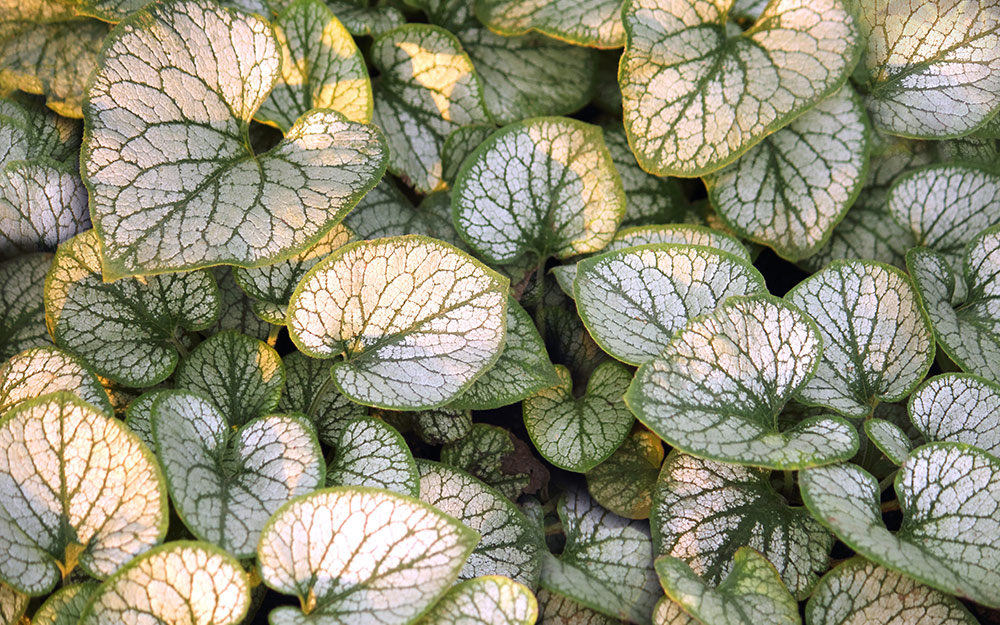
Siberian Bugloss is prized for its colorful, heart-shape leaves and its sky-blue spring flowers. Plant them in groups or use as a ground cover. They work well in borders, woodland gardens, naturalized areas or along streams or ponds.
Botanical name: Brunnera macrophylla
Zone: 3 to 8
Height: 1 to 1-1/2 feet
Soil: Average, medium moisture, well-drained
Bloom time: April to May
Coral Bells
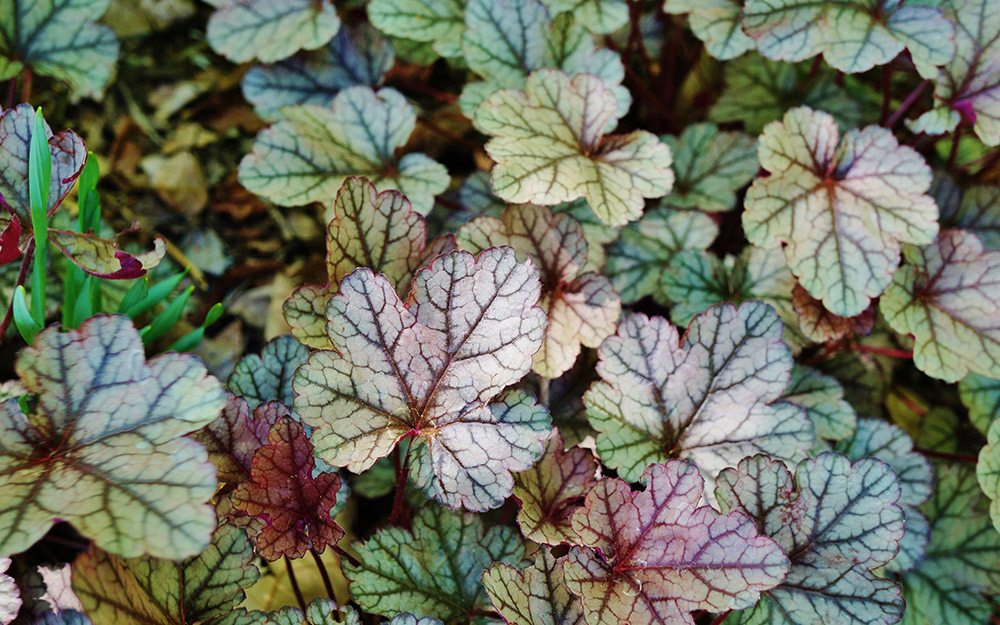
Coral Bells feature shimmering plum-purple foliage with metallic silver highlights. It’s primarily featured in landscapes for its foliage. Most varieties are a deep purple or burgundy, but colors available range from red to lime green. Coral Bells have small bunches of flowers that grow on a long stalk. Use it in native plant gardens or in perennial boarder gardens.
Botanical name: Heuchera americana
Zone: 4 to 9
Height: 1 to 2 feet
Soil: Organically rich, humusy, medium moisture, well-drained
Bloom time: June to August
Hellebore
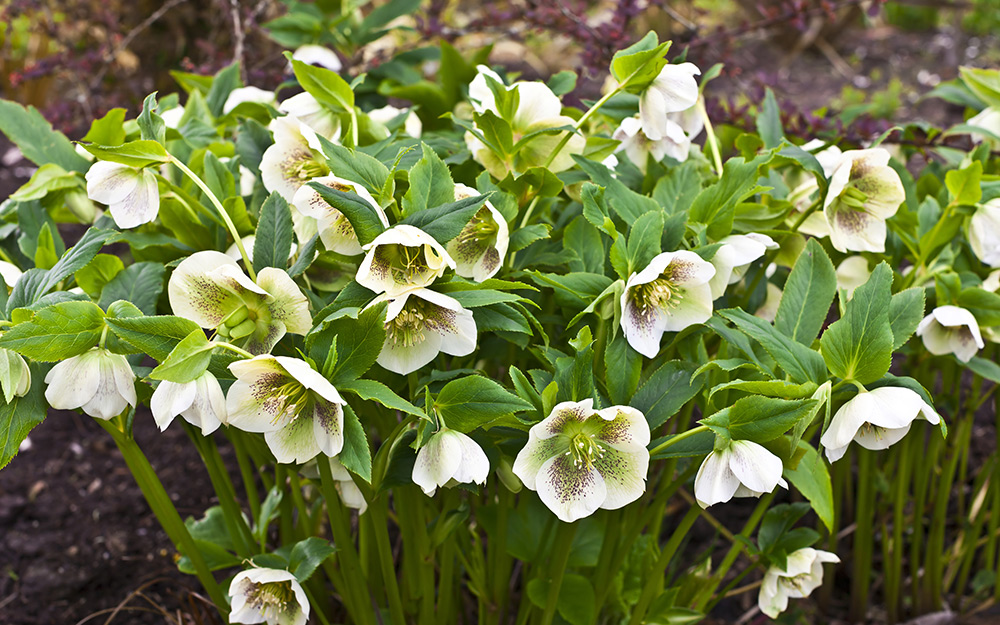
Also known as Lenten Rose, these vigorous and lovely plants bloom in the winter and early spring garden before other plants awaken. They come in many different bloom and foliage colors, so there’s sure to be one to fit your style. Hellebores will naturalize in a shady woodland setting.
Botanical name: Helleborus orientalis
Zone: 4 to 9
Height: 1 to 1-1/2 feet
Soil: Organically rich, well-drained
Bloom time: February-April
Japanese Pachysandra
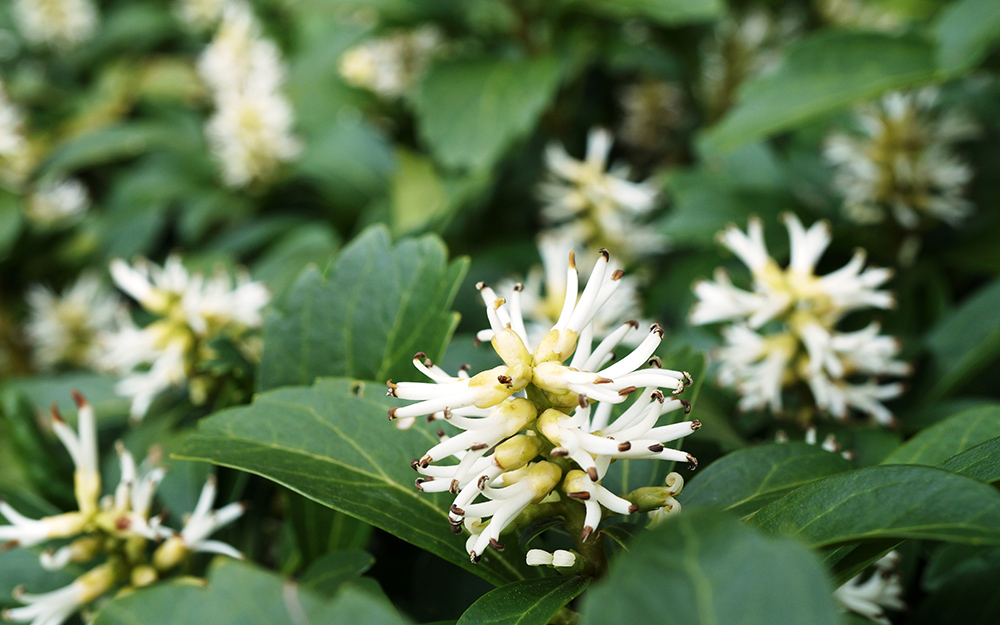
This vigorous, shade-loving ground cover spreads quickly, forming an impenetrable carpet of dark green or variegated foliage. They work great in a variety of shady locations in the landscape, including areas under trees, foundations, around shrubs or along walkways.
Botanical name: Pachysandra terminalis
Zone: 5 to 9
Height: 1/2 to 1 foot
Soil: Organically rich, medium moisture, well-drained
Bloom time: April
Astilbe
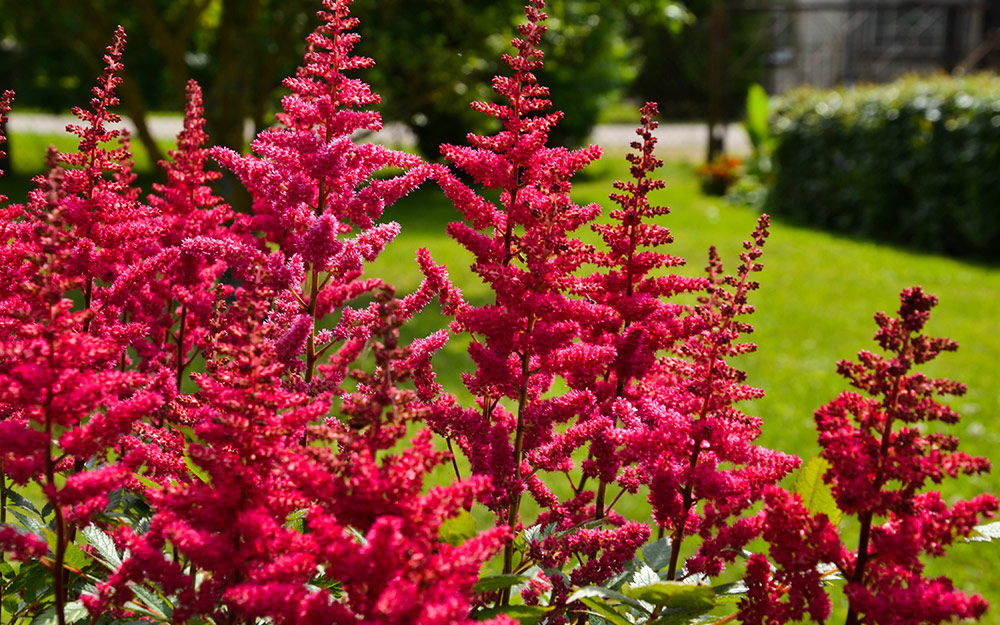
Astilbe will brighten any shady spot in your yard. It’s available in red, coral, white, lavender and cream, depending on variety. Their fern-like foliage provides color and interest even when the plants are not in bloom. Astilbe works well as a ground cover or edging plant for shady areas.
Botanical name: Astilbe
Zone: 4 to 8
Height: 1/2 to 2 feet
Soil: Average, medium moisture, well-drained
Bloom time: May to June
Lungwort
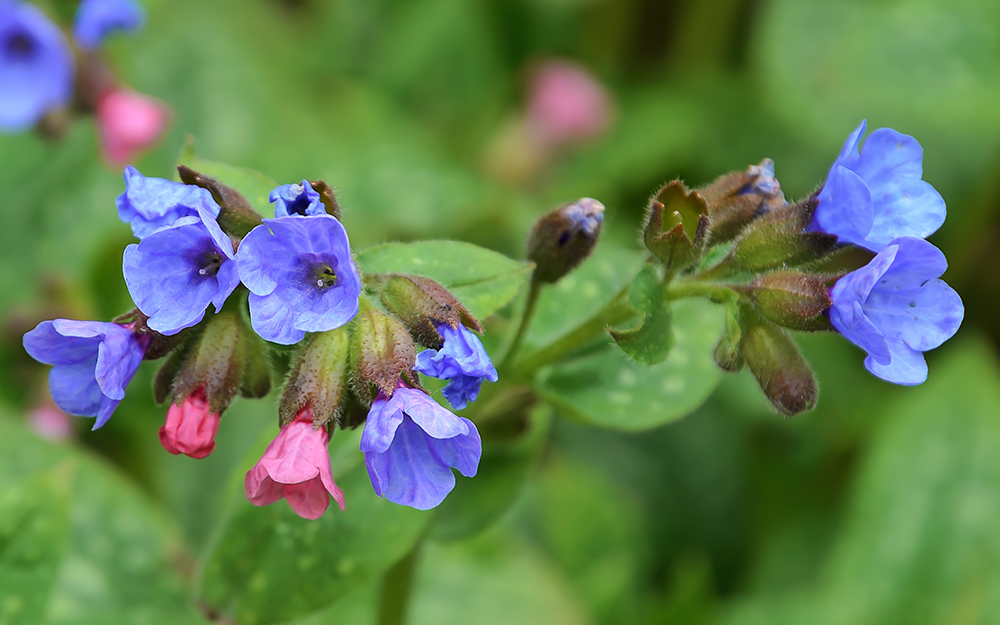
Despite its name, Lungwort is an attractive, reliable perennial with spotted or variegated foliage and sprays of pink or blue flowers in the spring. They are best planted as groups or massed as a ground cover.
Botanical name: Pulmonaria
Zone: 4 to 9
Height: 3/4 to 1 foot
Soil: Average, medium moisture, well-drained
Bloom time: April
Deer-Resistant Plants for Sun
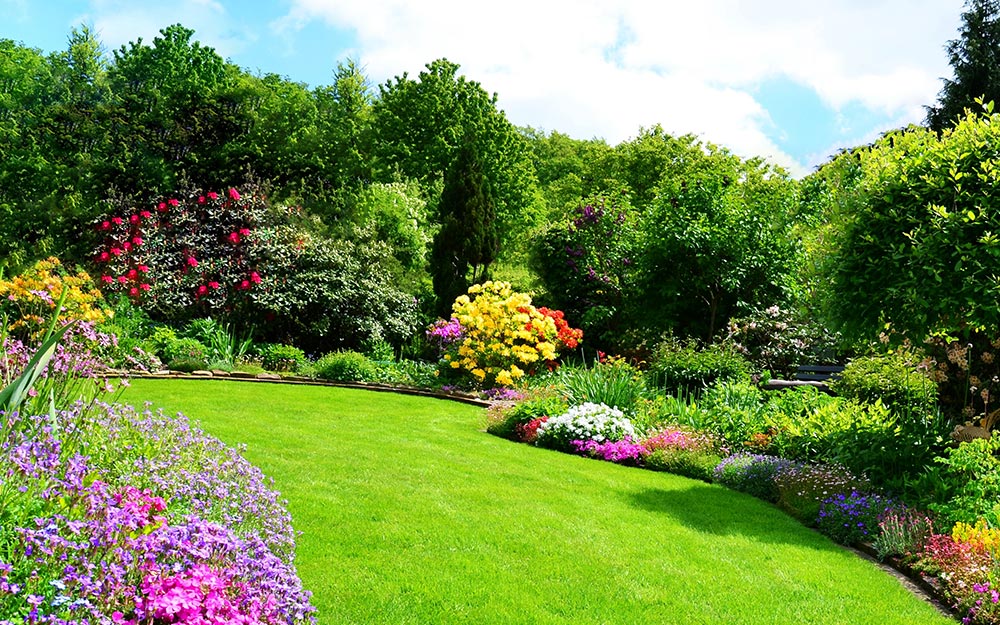
Fill your landscape with breathtaking blooms and distinctive foliage without worrying about deer. These sun-loving deer-resistant plants are unappetizing to those curious critters.
Bearded Iris
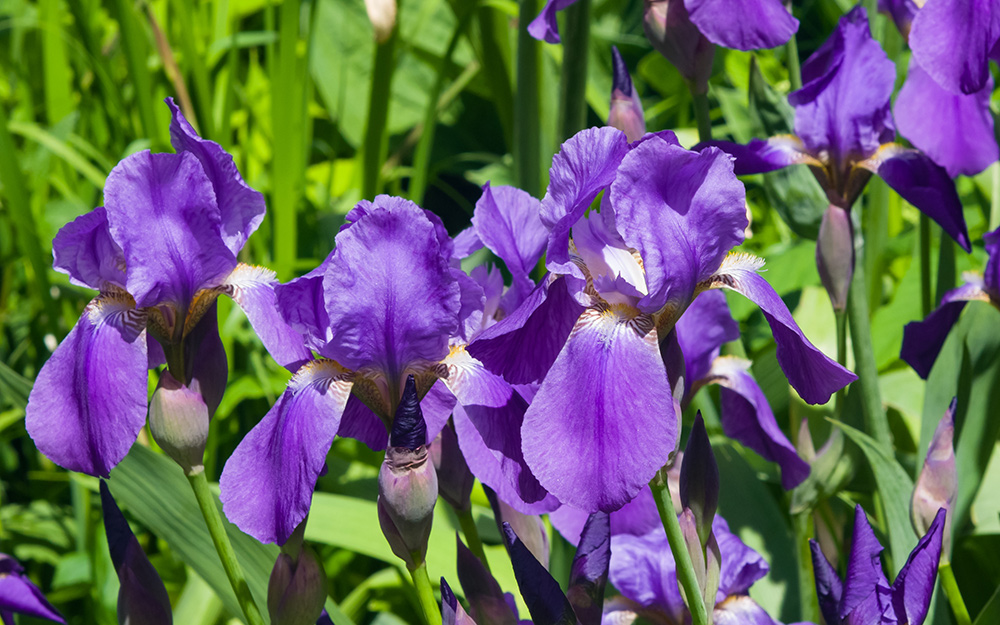
Irises are available in a rich range of colors. They make lovely, long-lasting cut flowers and pretty border plants in a flower bed. These summer blooming rhizomes naturalize easily and will multiply rapidly each year.
Botanical name: Iris germanica
Zone: 3 to 10
Height: 2 to 3 feet
Soil: Humusy, medium moisture, well-drained
Bloom time: May
Daffodils
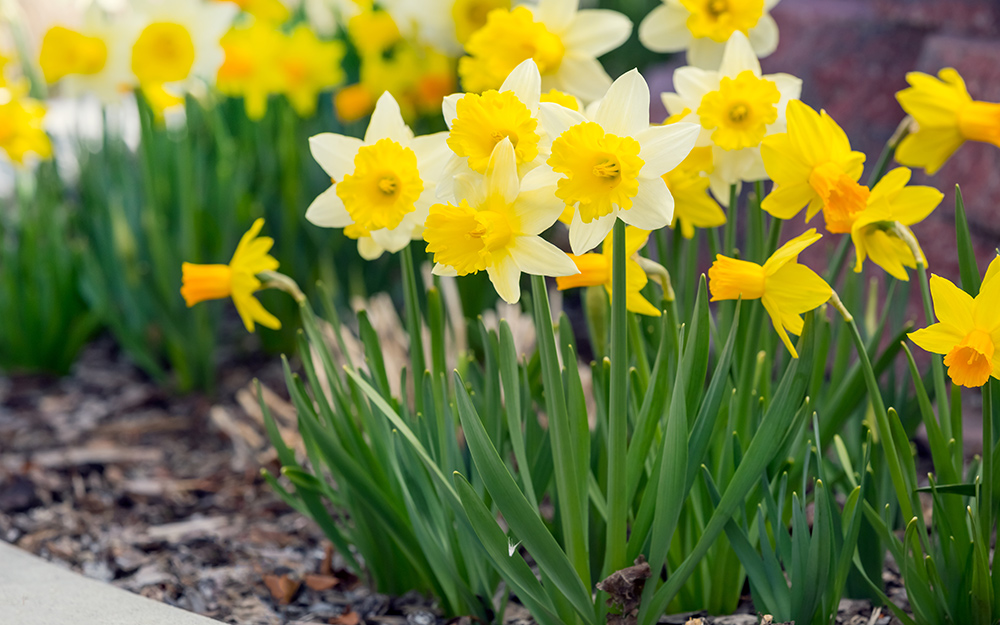
Cheery, bright daffodils are a welcomed sight in spring. They are ideal for borders and rock gardens, and for naturalizing in the landscape.
Botanical name: Narcissus
Zone: 4 to 8
Height: 1/2 to 2-1/2 feet
Soil: Slightly acidic, medium moisture, well-drained sandy loams
Bloom time: March-May
Coneflower
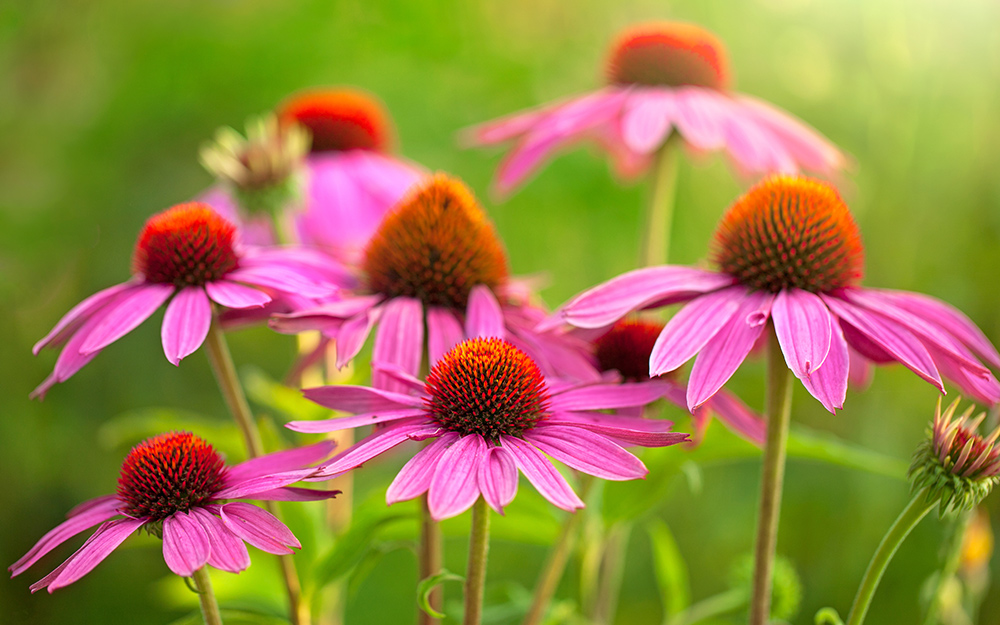
Coneflowers are easy-to-grow and drought-tolerant. They are long-blooming flowers and are perfect for meadows, native plant gardens, naturalized areas or wildflower gardens. Coneflowers attract pollinators like bees, hummingbirds, butterflies and songbirds.
Botanical name: Echinacea
Zone: 3 to 8
Height: 2 to 5 feet
Soil: average, dry to medium, well-drained soil
Bloom time: June to Augu
Viburnum
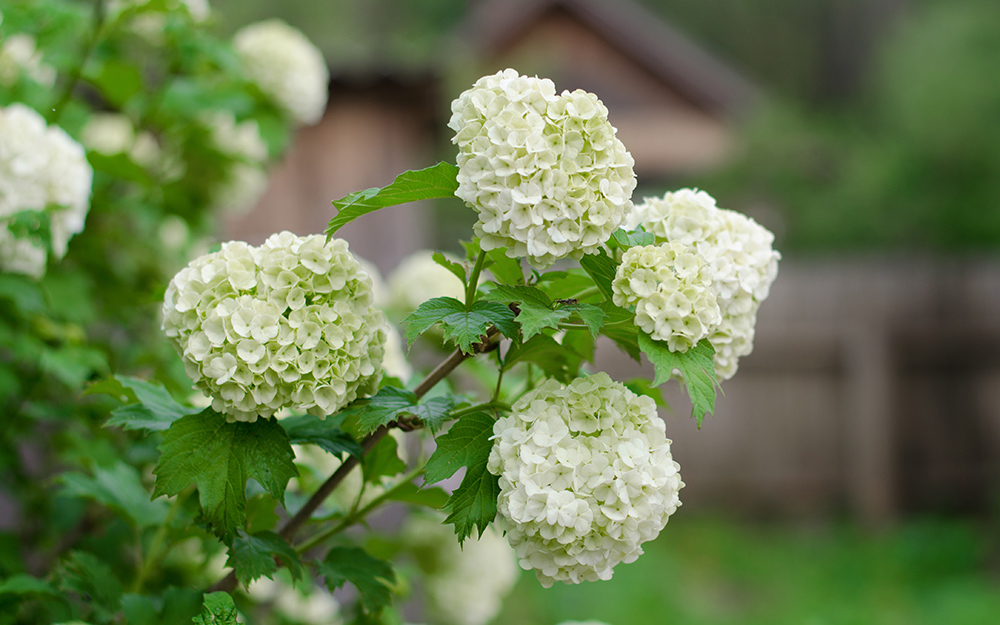
Viburnum features masses of large, pure white, snowball-like flower clusters in the spring. Their foliage is glossy and bright green and that turns to a purplish red in the fall. Viburnum makes for a spectacular landscape specimen.
Botanical name: Viburnum
Zone: 3 to 8
Height: 3 to 5 feet
Soil: medium moisture, well-drained
Bloom time: May to June
Creeping Phlox

Perfect for slopes, creeping phlox is a mass of vibrant flowers that create a showy carpet of color in spring. The blooms are set off by dense green foliage. Creeping phlox tolerates dry conditions once established, making it a perfect addition in a rock garden, along pathways and in borders.
Botanical name: Phlox stolonifera
Zone: 2 to 8
Height: 1/4 to 1/2 feet
Soil: Humusy, medium moisture, well-drained soil
Bloom time: April-May
Dusty Miller
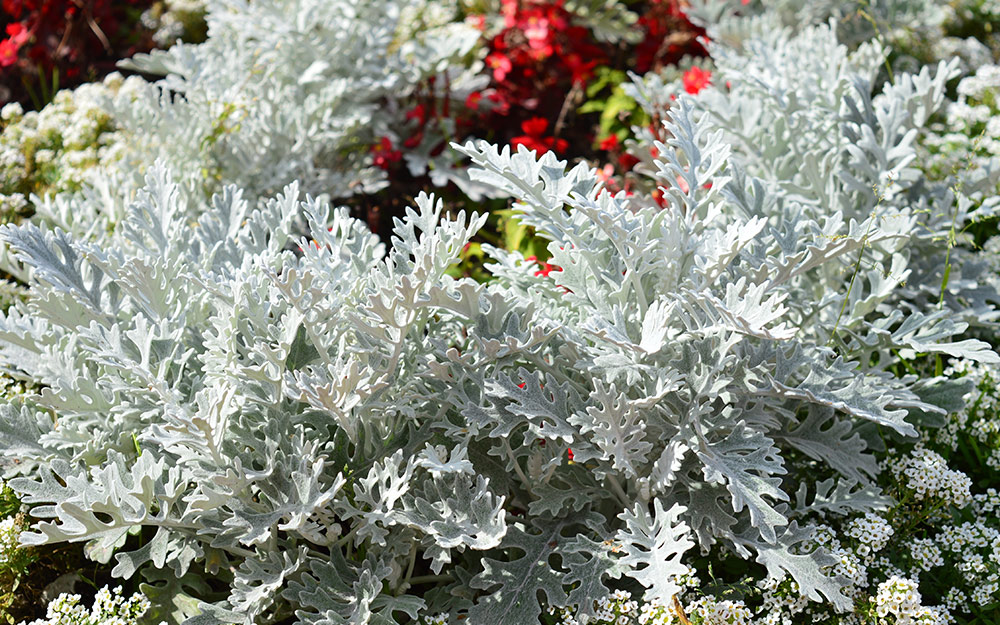
Dusty Miller, also known as silver ragwort, is primarily grown for its attractive silvery-gray foliage. It features a felt-like coating that deer find unappetizing. Dusty Miller makes a great backdrop for bright and bold flowers.
Botanical name: Jacobaea maritima
Zone: 7 to 10
Height: 1/2 to 1-1/2 feet
Soil: Evenly moist, well-drained soils
Bloom time: Little to no flowers
Korean Boxwoods
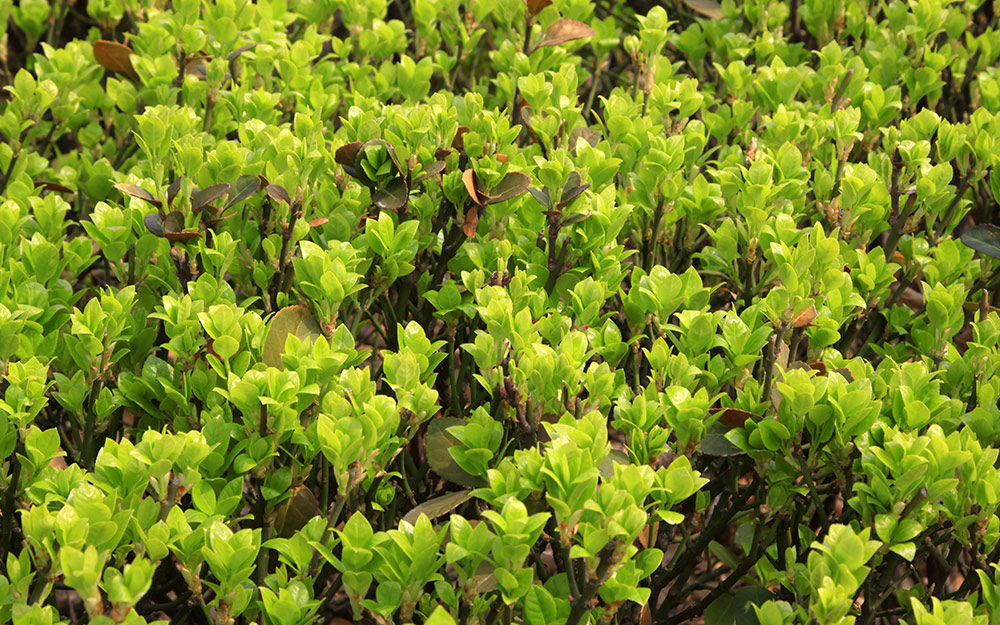
Korean boxwoods are among the most versatile broadleaf evergreens for a deer-resistant garden. They are available in a variety of shapes and sizes. They take well to pruning, making them ideal for formal hedges and borders.
Botanical name: Buxus sinica var. insularis
Zone: 4 to 9
Height: 2 to 2-1/2 feet
Soil: average, medium moisture, well-drained
Bloom time: April
Juniper
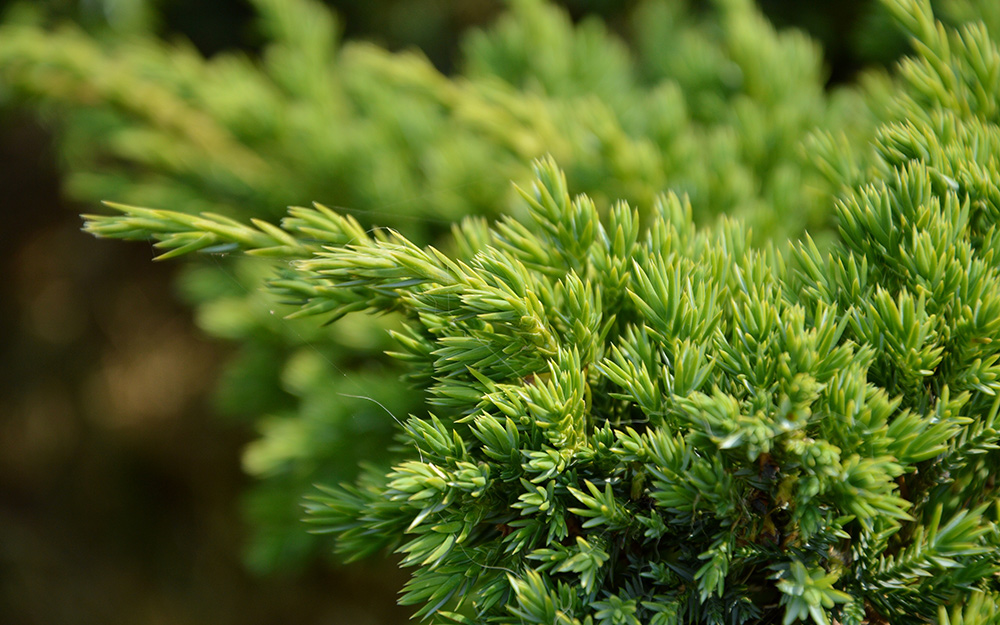
Junipers come in a variety of sizes. They are used for groundcovers, accent plantings, topiaries and privacy screens. The volatile oils in their needles repel deer, making them an excellent choice for a botanical barrier. They also are drought tolerant and have few pest problems.
Botanical name: Juniperus
Zone: 2 to 9
Height: Varies (depending on variety)
Soil: Average, dry to moist, well-drained
Bloom time: Non-flowering
Rosemary
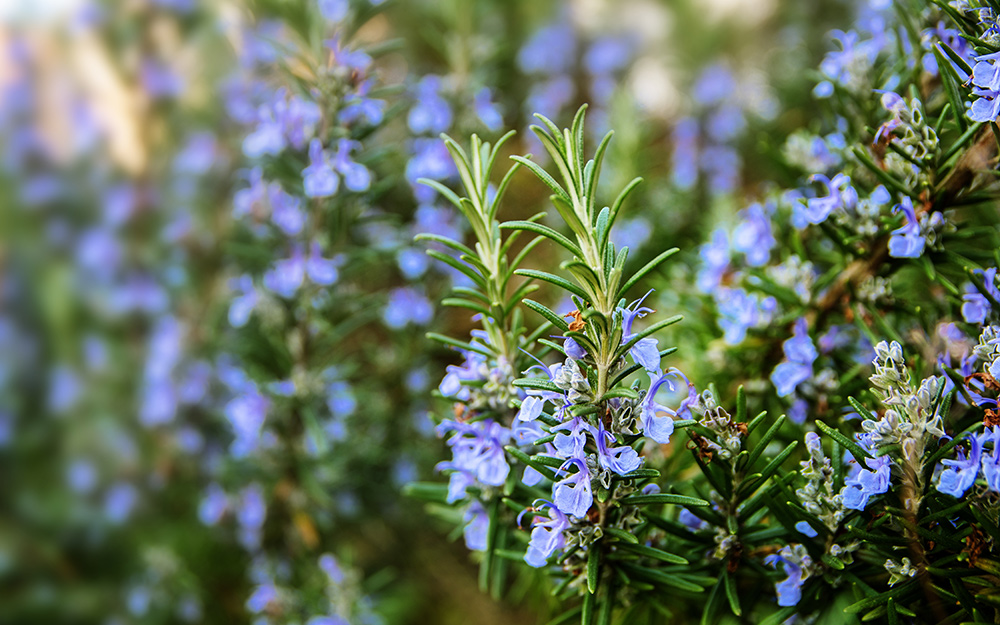
Rosemary is a great addition to any garden for its culinary use and as a pest deterrent. When grown in rows, rosemary makes a great low, hedge–perfect botanical boarder around a vegetable garden. Rosemary grows well in containers too.
Botanical name: Rosmarinus officinalis
Zone: 8 to 10
Height: 2 to 6 feet
Soil: Slightly acidic, dry to medium, well-drained
Bloom time: June to July
Blue False Indigo
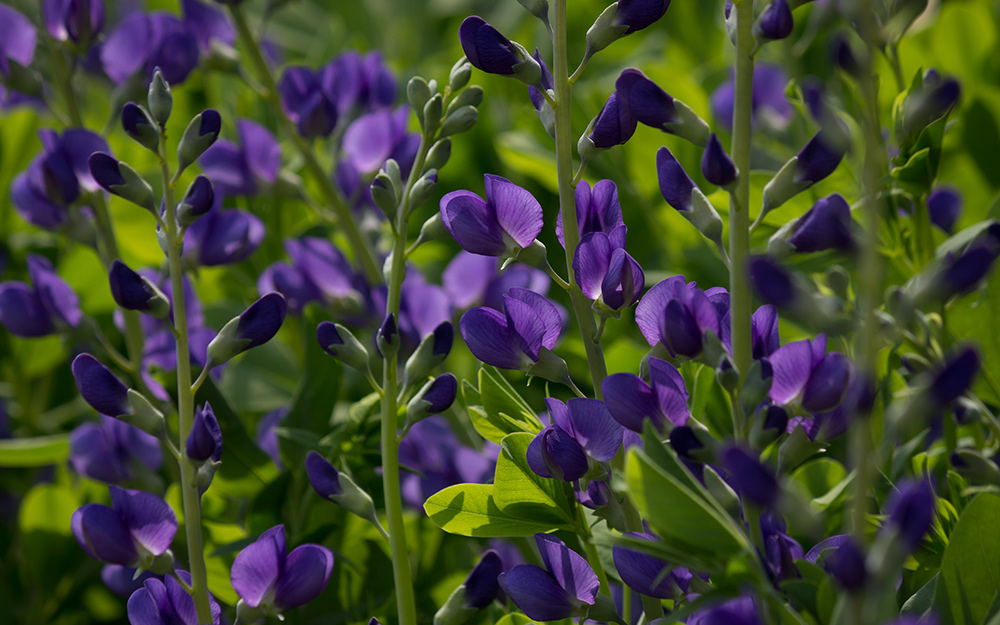
This herbaceous perennial will tolerate poor clay and rocky soil. When in bloom, it features lovely purple lupine-like flowers. Use this shrub in borders, cottage gardens and native plant gardens.
Botanical name: Baptisia australis
Zone: 3 to 9
Height: 3 to 4 feet
Soil: Medium, well-drained soil
Bloom time: May to June
Your home landscape should be a feast for your eyes, not a buffet for deer. Follow this guide to pick out the best deer-resistant plants for you landscape. Use The Home Depot Mobile App to view the latest selection of deer-resistant annuals, perennial plants, and trees for your yard.


